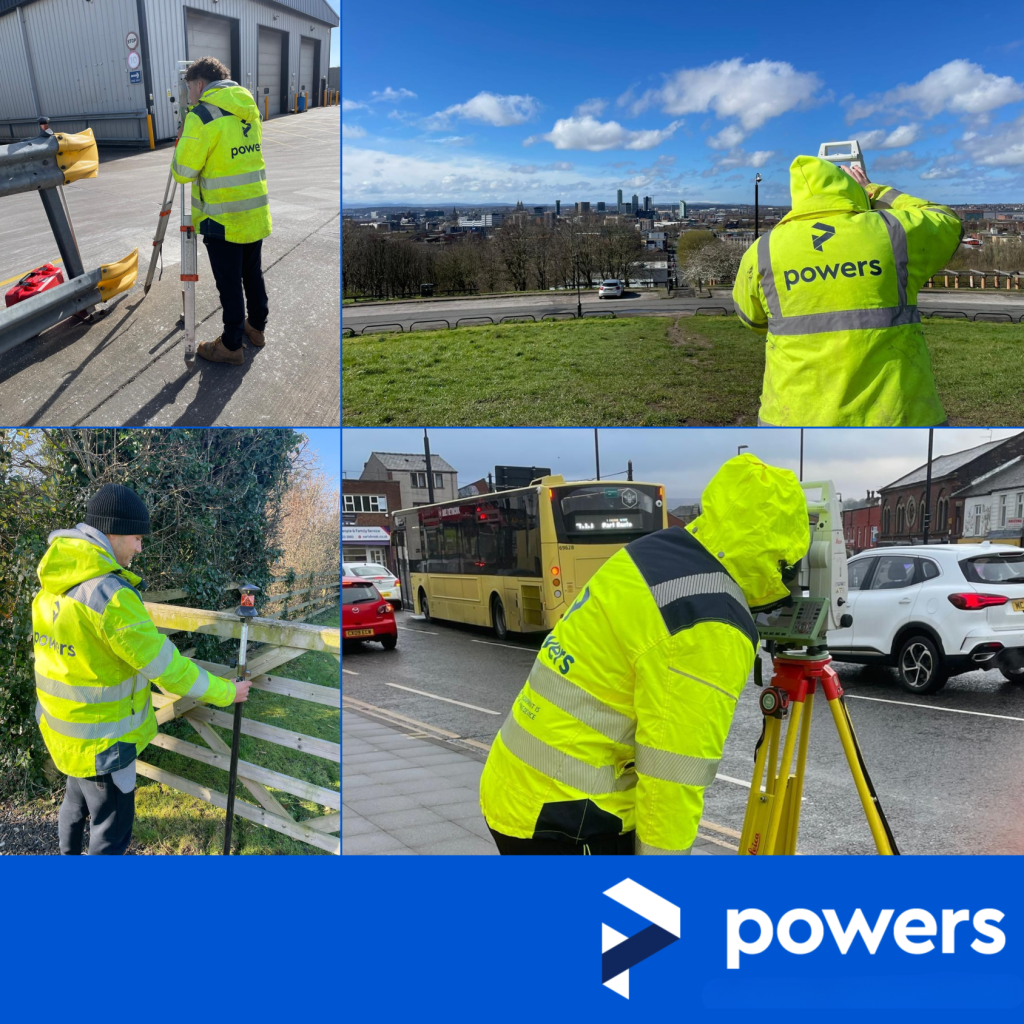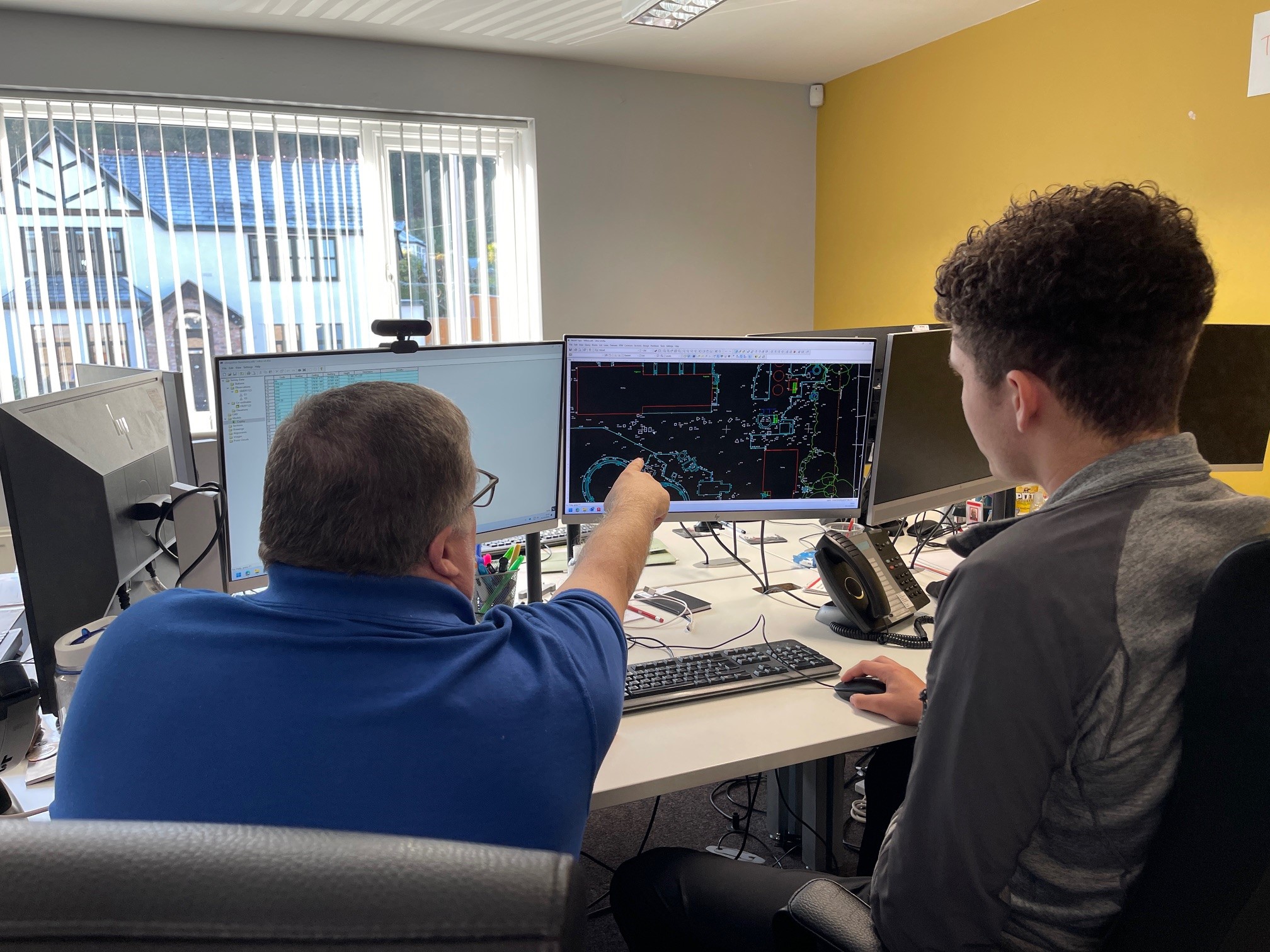Learning together
To complete the geospatial survey technician apprenticeship EPA, apprentices must complete three stages – a multiple-choice test, a project report with questions, and an interview with an experienced geospatial assessor supported by a portfolio of evidence. This type of apprenticeship has an integrated qualification, which means that both the qualification and apprenticeship need to be completed, passed and awarded during the same time period. The awarding body (AB) is accountable for how the integrated assessment is carried out and the end-point assessment organisation (EPAO) takes responsibility for all other assessment methods in the EPA. These two entities – EPAOs and ABs – work collaboratively to manage the delivery of the EPA.
Professional approval
The EPA is designed to assess occupational competence. It takes place after the apprentice has completed their college training and met the EPA gateway requirements. A full-time geospatial survey technician apprentice usually spends two years on-programme. They must spend at least 18 of these months completing the required amount of off-the-job training. During this timeframe, the EPA should be completed within a period typically lasting six months (months 19-24). An approved EPAO must conduct the EPA, for an apprenticeship to be deemed complete. Employers must select an approved EPAO from the apprenticeship provider, and the marking of the assessments is the responsibility of the AB.
As mentioned, the EPA is the umbrella vehicle for three methods of assessment, each of which are assessed individually before being combined into a final grade. The first two methods (multiple choice and project) can be graded fail, pass, distinction, while the interview is simply pass or fail. These are then combined to give the apprentice an overall grade ranging across distinction, merit, pass and fail.
A gateway to success
At the end-point assessment gateway, the apprentice’s employer must be content that they are occupationally competent. The apprentice must confirm they are ready to take the EPA, have achieved English and Mathematics qualifications, complied with the apprenticeship funding rules, and have passed the TQUK Level 3 Diploma in Geospatial Surveying (integrated apprenticeship) QAN: 610/3069/7 – except module 6 (which is integrated into the assessment method).
The multiple-choice test is self-explanatory, but for the project with questions stage, the apprentice must submit a project brief. To make sure this project’s subject matter meets the knowledge, skills and behaviours required to pass the EPA to the highest grade, the EPAO should sign-off the project’s title, subject and scope at the gateway, to confirm its suitability. A brief project summary must be submitted to the EPAO, in not more than 300 words.
Providing evidence
For the interview, the apprentice has to compile a portfolio of evidence during the on-programme period. This evidence may include such elements as witness statements, workplace documentation and records, workplace policies and procedures, annotated photographs and even video clips (maximum duration 10 minutes). All pieces of evidence should reflect the required Knowledge, Skills and Behaviour statements relevant to this part of the EPS.
The EPA has been a crucial part of George’s apprenticeship qualification process. Its successful completion demonstrates that George has understood the work he has carried out, the skills he has acquired and the methods he has learned. It’s important that everyone related to an apprentice’s end point assessment understands that this is a time consuming and sometimes challenging part of the apprenticeship and it is not underestimated, the hard work that goes into it. Doing his EPA, however, has prepared George well or a career in surveying. Well done, George!









